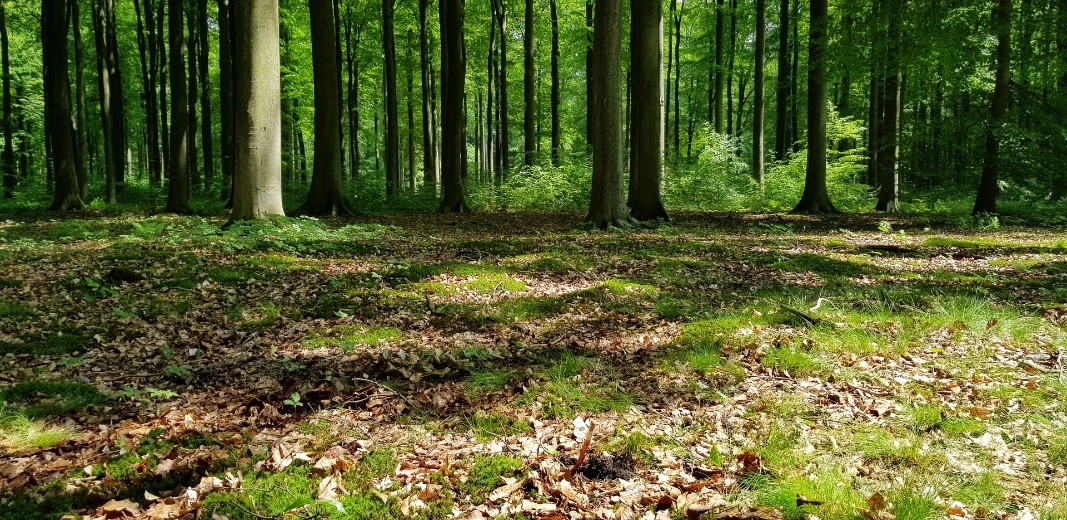Treetops protect forest life from global warming

The climate in the forest is not the same as the climate outside the forest. That much is clear to anyone who has taken to the woods to seek respite from the heat on a hot summer day. However, scientific studies consider ‘climate warming’ to be the warming measured by many thousands of standardised weather stations all over the world; these are generally located in open spaces and measure the temperature at a height of 1.5 to 2 metres from the ground. Yet the majority of all land-based species live in forests, with many dwelling in the understorey and the soil. As a result, climate data gathered from open spaces are only of limited relevance to them.
An international research team led by WSL and the University of Cambridge has now come up with the first concrete figures on climate warming under the forest canopy, thus also showing how warming in the forest differs from warming in open spaces. To obtain these results, WSL’s Florian Zellweger and his team measured the temperature in the forest interior at 100 sites and combined these measurements in a computer model with up to 80 years of data on the density of the forest canopy. This latter series comprised data taken from almost 3,000 locations – including 37 in the Swiss Jura – within the framework of long-term observation programmes.
Writing in the journal Science, the researchers report that climate warming measurements taken in open spaces do not sufficiently reflect changes in temperature under the leaf canopy. If the tree canopy is denser, it buffers climate warming for the organisms living beneath it. If it becomes sparser, the temperature below it rapidly surges. «This knowledge is important for understanding the impact of climate change on forest biodiversity,» explains study leader Florian Zellweger.
Lag in climate adaptation
All organisms have an optimum temperature at which they thrive best. When the climate warms, warm-affinity species benefit and displace cold-affinity species, which may, for instance, move to higher mountain areas. However, the optimum temperature for forest organisms is significantly lower than actual measured temperatures: these organisms are therefore lagging behind when it comes to climate adaptation. “In the context of global climate change, many species live in an increasingly suboptimal temperature range,” notes Zellweger.
Consequently, if the protective tree canopy is lost – whether naturally or as a result of human intervention – the plants living beneath it experience additional drastic warming for which they are ill prepared. Their previously cool, shady and generally more humid habitat is suddenly exposed to the intense heat far more often and for longer periods, and the soil also dries out. Many species cannot adapt quickly enough, are displaced by warm-affinity species and may die out locally. Given the expected increase in summer heatwaves in Europe, this is likely to transform forest biodiversity and may «spell trouble for individual species,» according to Zellweger. Forest managers should therefore take account of the effects of forestry work on the climatic conditions in the forest interior and of the work’s impact on biodiversity.
 Beech forest in France. (Photo: Jonathan Lenoir)
Beech forest in France. (Photo: Jonathan Lenoir)
Cover pic:Hemispherical photograph of a beech forest. The denser the canopy, the greater the cooling effect in the understorey and on the forest floor. (Photo: Pieter de Frenne)

